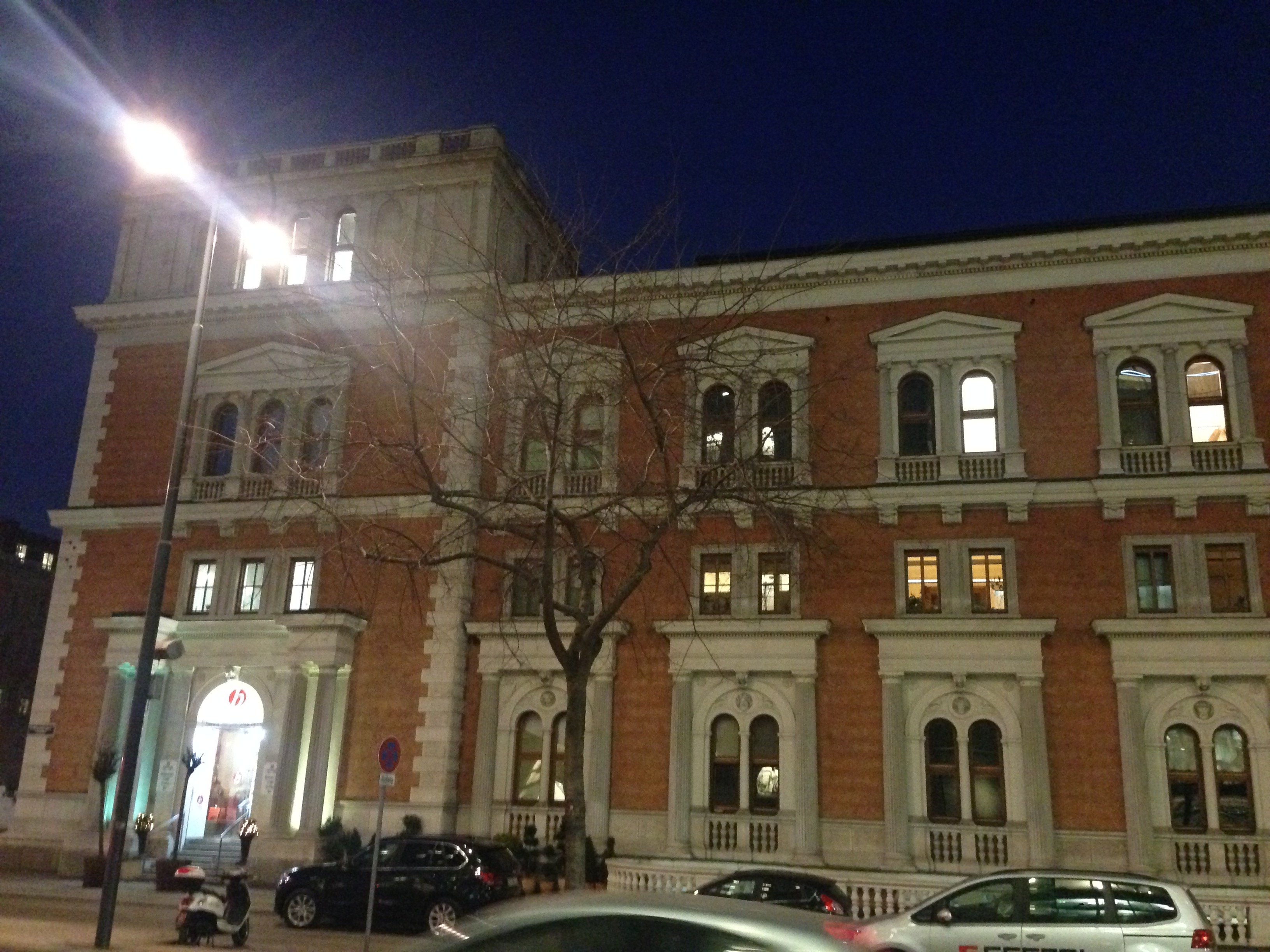THE VIENNA STOCK EXCHANGE

The Vienna Stock Exchange. Architect: Theophil Hansen, 1874-1877
The Vienna Stock Exchange was founded in 1771 by Empress Maria Theresia as one of the first stock exchanges in the world. Gradually the Vienna Stock Exchange developed into the central capital market of the Habsburg Empire. Originally only government bonds and currencies were traded and the building was open to the public. On some days up to 2,000 people were present. In 1818 The Austrian central bank was the first public limited company that was quoted on the Vienna Stock Exchange. Due to the industrialisation and economic boom in the Habsburg Empire in the course of the 19th century the stock exchange gradually gained international reputation. Consequently a host of companies issued shares there. Due to the empire’s liberal economic policies in the second half of the 19th century unfortunately several unstable businesses were financed via a share issue there, which led to a wave of speculation that culminated in the stock exchange crash of 9th May 1873. In the course of this stock exchange break down nearly half of the public limited companies quoted there disappeared. The recovery took a long time and in the meantime trade was mainly in government bonds. That was the return of the big banks as the main financiers of enterprises. These banks also dominated the capital market and stock exchange trading. Trade on the Vienna Stock Exchange started to pick up once more so that new regulation was needed to. In 1875 the third Stock Exchange Law was passed that guaranteed the complete independence of the Vienna Stock Exchange. Finally in 1877 the new building for the Vienna Stock Exchange was opened, designed by one of the famous architects of the “Ringstrasse”, Theophil Hansen. During this time of consolidation rich financiers dominated the trade in shares there and the bond market was the “playground” of the “privatiers”, the well-to-do upper middle class. During the First World War the Vienna Stock Exchange was closed. At the end of 1919 the trading floors were opened to the public again and immediately experienced a boom which ended in a crash in March 1924. In the following years the shocks of the Great Depression of 1929 greatly hampered trading there. The bankruptcy of banks and the plunge of share prices affected the trade on the Vienna Stock Exchange and the number of visitors declined drastically. Interestingly enough, the New York Stock Exchange crash in October 1929, in fact, had no direct consequences for Vienna.…
